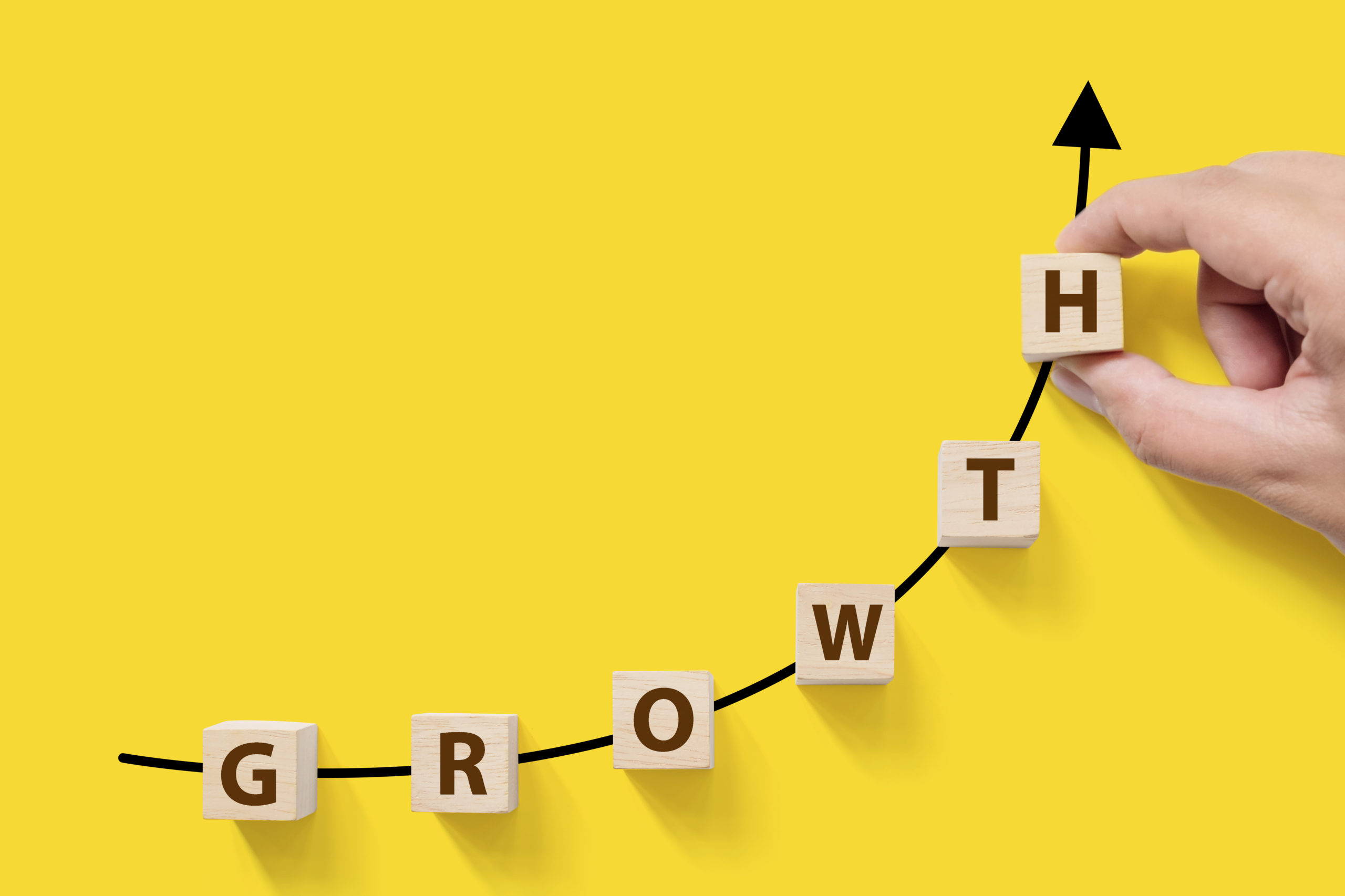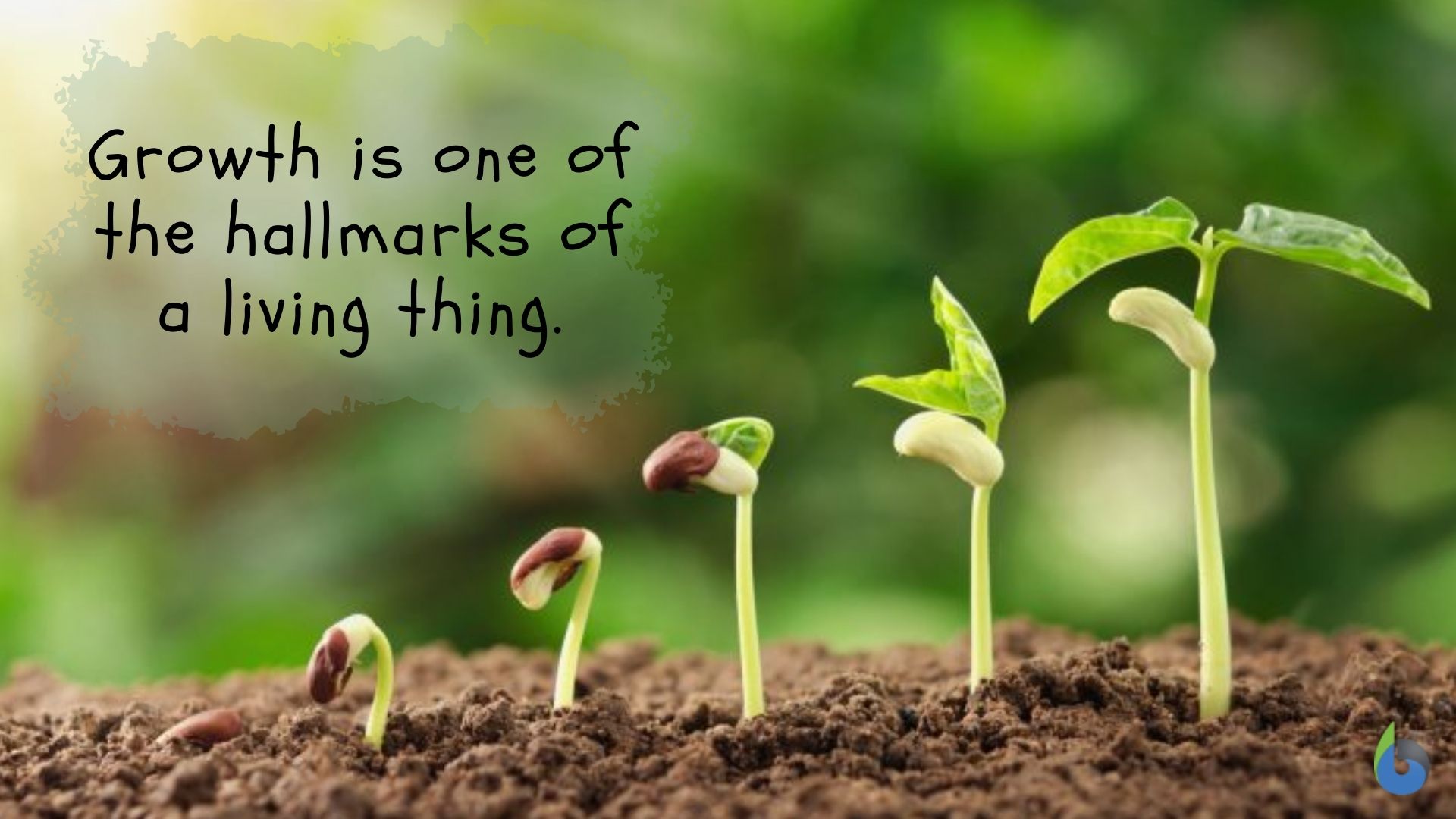The growth of Christianity in Iran presents a fascinating paradox, a narrative of spiritual resurgence unfolding within the confines of an Islamic Republic. This phenomenon challenges conventional understandings of religious dynamics in a nation often portrayed as monolithic in its religious identity, hinting at profound internal shifts that defy external perceptions and official narratives.
It's a story that resonates with the broader human experience of seeking meaning and community, even as global landscapes, both economic and social, undergo profound transformations. The quiet expansion of faith in such a restrictive environment offers a unique lens through which to understand resilience, spiritual hunger, and the enduring human quest for connection beyond the material.
Table of Contents
- The Unseen Tide: Understanding Christian Growth in Iran
- Historical Roots: A Legacy of Faith
- Drivers of Change: Why Iranians are Turning to Christianity
- Challenges and Persecution: The Cost of Faith
- Reimagining Growth: A New Paradigm for Faith
- The Global Context: Faith Amidst Shifting Sands
- Measuring the Unmeasurable: Statistics and Estimates
- The Future Landscape: Implications for Iran and Beyond
The Unseen Tide: Understanding Christian Growth in Iran
For many outside observers, the idea of a burgeoning Christian community in Iran seems almost contradictory. The Islamic Republic, founded on Shi'a Islamic principles, maintains strict religious laws, and conversion from Islam is officially forbidden and often carries severe penalties. Yet, beneath the surface of official narratives and state control, a remarkable transformation is underway. Reports from various monitoring organizations, including Open Doors International and Article 18, consistently point to a significant and accelerating **growth of Christianity in Iran**, particularly among Muslim converts.
This spiritual expansion is largely unseen, taking place in underground house churches, away from the public eye. It represents a dynamic shift in the religious landscape of a nation that has long been a bastion of Islamic identity. Just as "Experts at the world economic forum's growth summit 2023 outline what growth is and why it stands for different things in different parts of the world," spiritual growth, particularly the growth of Christianity in Iran, takes on a unique, often hidden, meaning. It’s not about visible structures or public declarations, but about profound, personal transformations and the quiet, resilient expansion of a spiritual community.
Historical Roots: A Legacy of Faith
To fully grasp the contemporary **growth of Christianity in Iran**, it's essential to acknowledge its deep historical roots in the region. Christianity arrived in Persia (modern-day Iran) in the first century AD, long before the advent of Islam. Ancient Assyrian and Armenian Christian communities have existed in Iran for centuries, predating the Islamic conquest of the 7th century. These communities, recognized as religious minorities under Iranian law, are allowed to practice their faith within certain limitations, often confined to their traditional ethnic groups and historical churches.
However, the current phenomenon of growth is distinct from these historical communities. It primarily involves ethnic Persians, formerly Muslim, who are converting to Christianity. This distinction is crucial, as the Iranian government views proselytization among Muslims as a threat to national security and Islamic identity, leading to severe persecution for those involved in such activities. The historical presence of Christianity, while providing a backdrop, does not fully explain the current surge in conversions among the majority population.
Drivers of Change: Why Iranians are Turning to Christianity
The reasons behind the significant **growth of Christianity in Iran** are complex and multifaceted, stemming from a confluence of societal, spiritual, and technological factors. It's not a singular cause but a tapestry woven from disillusionment, spiritual hunger, and the pervasive influence of modern communication.
Societal Disillusionment and the Quest for Authenticity
Decades of living under an Islamic government have, paradoxically, led to widespread disillusionment among many Iranians. The promise of an ideal Islamic society has, for many, given way to perceptions of corruption, hypocrisy, and a lack of freedom. This disillusionment extends beyond politics to the very institution of religion as presented by the state. Young people, in particular, are searching for something authentic, something that offers hope and meaning beyond the rigid doctrines and restrictions they experience daily.
In this context, the message of Christianity, often perceived as offering grace, love, and personal relationship with God, resonates deeply. While material living standards may be challenging, "Growth is often seen as a vehicle for improving living standards, but the reverse is also true." This applies metaphorically here: the spiritual 'living standards' for many Iranians are improving through new faith, suggesting that sometimes, spiritual growth can flourish precisely when other forms of 'growth' are stagnant or even in decline. In a society where fairness and economic justice are often perceived as lacking, the perceived 'fairness' and unconditional love offered by Christian teachings can play a significant 'part' in attracting new adherents, offering a different kind of 'wage' – spiritual peace and a sense of belonging.
The Role of Digital Connectivity and Media
The internet and satellite television have played an indispensable role in facilitating the **growth of Christianity in Iran**. Despite government censorship and filtering, Iranians are remarkably adept at bypassing restrictions to access information and connect with the outside world. Satellite dishes, though illegal, are ubiquitous, bringing in foreign broadcasts, including Christian television channels that air programs in Farsi, featuring testimonies, sermons, and discussions about faith.
Online platforms, including social media, encrypted messaging apps, and dedicated Christian websites, serve as vital tools for evangelism, discipleship, and community building. These digital spaces allow Iranians to explore Christianity discreetly, ask questions, and connect with believers both inside and outside the country, without the immediate risk of exposure. Just as "As digital currencies continue to reshape global financial systems, stablecoins have emerged as a prominent type of cryptocurrency," offering new, often decentralized, ways of interaction, digital platforms and satellite broadcasts have similarly reshaped the landscape of religious engagement in Iran. They provide 'stable' and accessible channels for spiritual exploration, bypassing traditional gatekeepers and fostering a new kind of 'currency' of faith – one that is shared and grows in virtual spaces before manifesting in clandestine physical gatherings.
Challenges and Persecution: The Cost of Faith
While the **growth of Christianity in Iran** is undeniable, it comes at an immense personal cost. Conversion from Islam is considered apostasy, a crime punishable by death under certain interpretations of Islamic law, though often leading to lengthy prison sentences, torture, or exile in practice. The Iranian government views house churches as a threat to national security and actively persecutes converts, arresting, interrogating, and imprisoning them.
Members of house churches live under constant surveillance and fear. They cannot openly worship, baptize, or gather without risking severe repercussions. Many have lost their jobs, been disowned by their families, or forced to flee the country. Despite these severe challenges, the underground church continues to grow, demonstrating remarkable resilience and commitment. "Businesses are using sustainability to drive growth, create innovative solutions, and meet consumer and regulatory demands." Similarly, despite severe regulatory demands and immense pressure, the underground church in Iran demonstrates remarkable 'sustainability' in its growth. Its members are forced to create 'innovative solutions' for fellowship and discipleship, driven by a deep conviction that ensures the faith's continued vitality even in the face of overwhelming adversity.
Reimagining Growth: A New Paradigm for Faith
The concept of "growth" in the context of the Iranian church is profoundly different from how it might be understood in the West. While "‘reimagining growth' was a major theme of the world economic forum's annual meeting 2025 in davos, Here are some key related quotes & insights on economic growth," the growth of Christianity in Iran offers a profound example of 'reimagining growth' in a spiritual context. It's not about material expansion, grand cathedrals, or visible institutions, but about deep, personal transformation, the quiet, resilient expansion of a spiritual community, and the profound impact of individual lives.
In a world where some economic theories even propose "Degrowth is a radical economic theory born in the 1970s, It broadly means shrinking rather than growing economies, to use less of the world’s dwindling resources," the spiritual growth in Iran defies such concepts. It demonstrates that genuine faith can flourish and expand even when external resources and freedoms are severely limited, drawing on an 'endogenous' spiritual wellspring. Economist Paul Romer's theory of economic growth, emphasizing "endogenous" technological change — that is, it can depend on population growth and capital — finds a compelling parallel in the growth of Christianity in Iran. This spiritual 'change' is not primarily driven by external missionary efforts or vast 'capital' investments, but by internal, organic factors: a deep spiritual hunger, the power of personal testimonies, and a resilient, 'endogenous' faith that multiplies from within the population, despite, or perhaps because of, the challenging environment. This is a growth defined by depth, authenticity, and unwavering commitment, rather than by mere numbers or outward displays.
The Global Context: Faith Amidst Shifting Sands
The phenomenon of the **growth of Christianity in Iran** does not occur in a vacuum; it is influenced by and, in turn, influences broader global trends. In a world grappling with significant economic challenges and uncertainties, as highlighted by "The global economy faces significant challenges in 2025, according to the latest chief economists outlook," the search for meaning and stability often intensifies. For many in Iran, this search has led them to explore Christian faith, offering a different kind of 'security' amidst global flux. The disillusionment with existing political and economic systems, both domestically and internationally, can push individuals towards seeking answers in spiritual realms.
Furthermore, the global interconnectedness facilitated by digital technologies means that events and ideas from outside Iran can readily penetrate its borders, even with censorship. The narrative of a growing underground church in Iran also inspires Christians globally, serving as a powerful testament to faith's resilience in the face of persecution. It underscores the universal human need for spiritual fulfillment, regardless of geopolitical circumstances or economic forecasts.
Measuring the Unmeasurable: Statistics and Estimates
Due to the clandestine nature of the church in Iran, obtaining precise statistics on the **growth of Christianity in Iran** is inherently challenging, if not impossible. Official government figures only acknowledge the historical Armenian and Assyrian Christian communities, which number in the tens of thousands. They do not account for the hundreds of thousands, or potentially millions, of Muslim converts.
However, organizations like Open Doors International, which monitors Christian persecution worldwide, estimate that the number of Christians in Iran has grown exponentially over the past few decades. In 1979, there were reportedly only a few hundred known Christian converts from Islam. Today, estimates range from 300,000 to over a million, with some even suggesting figures as high as several million. While these numbers are estimates and vary widely, the consistent trend reported by multiple independent sources points to a significant and sustained increase. The exact figure is less important than the undeniable fact that a profound spiritual awakening is occurring, transforming countless lives in secret.
The Future Landscape: Implications for Iran and Beyond
The continued **growth of Christianity in Iran** carries significant implications for the nation's future, its social fabric, and its relationship with the world. Domestically, this hidden spiritual movement could become a quiet but powerful force for social change, fostering different values and challenging the monolithic religious identity promoted by the state. As the number of converts grows, the government's ability to suppress the movement entirely becomes increasingly difficult, potentially leading to more overt clashes or, perhaps, a gradual re-evaluation of religious policies.
Globally, the Iranian church stands as a testament to the enduring power of faith and the resilience of the human spirit in the face of extreme adversity. It highlights the complexities of religious freedom in authoritarian states and underscores the role of digital communication in fostering spiritual movements. The story of the growth of Christianity in Iran serves as a powerful reminder that spiritual transformation can occur in the most unexpected places, often defying political boundaries and societal norms, and shaping a future that is far from predetermined.
Conclusion
The remarkable **growth of Christianity in Iran** is a testament to the enduring human search for meaning and the resilience of faith in the face of intense pressure. It's a story of quiet courage, profound spiritual hunger, and the innovative ways in which individuals connect and sustain their beliefs in a highly restrictive environment. This hidden revival challenges our perceptions of religious dynamics in the Middle East and offers a compelling narrative of transformation that continues to unfold beneath the surface.
What are your thoughts on this hidden spiritual movement and its implications for Iran's future? Share your perspectives in the comments below, or explore our other articles on religious freedom and global spiritual trends to deepen your understanding of these vital issues.
Related Resources:



Detail Author:
- Name : Dr. Mekhi Reilly
- Username : moshe57
- Email : acartwright@cremin.com
- Birthdate : 1998-04-06
- Address : 6501 Kaitlin Centers North Sebastian, CT 38440
- Phone : 1-435-532-2232
- Company : Kilback-Dibbert
- Job : CFO
- Bio : Cum omnis tempore sint voluptatem qui dicta. Animi sequi et sunt facilis autem aut est. Qui ipsa quidem hic et tempore.
Socials
facebook:
- url : https://facebook.com/cgleason
- username : cgleason
- bio : Qui eum reprehenderit repudiandae voluptatum repellat eaque.
- followers : 3736
- following : 716
linkedin:
- url : https://linkedin.com/in/gleason1989
- username : gleason1989
- bio : Iure nihil soluta inventore.
- followers : 1761
- following : 1068
twitter:
- url : https://twitter.com/chelsey_real
- username : chelsey_real
- bio : Ut dolorum quia et et quas incidunt. Et fuga illo non vel voluptas eum. Est qui voluptatem quas ratione omnis et.
- followers : 983
- following : 1929
tiktok:
- url : https://tiktok.com/@gleason2016
- username : gleason2016
- bio : Ratione et occaecati dolor aliquam mollitia repellat.
- followers : 4195
- following : 2395